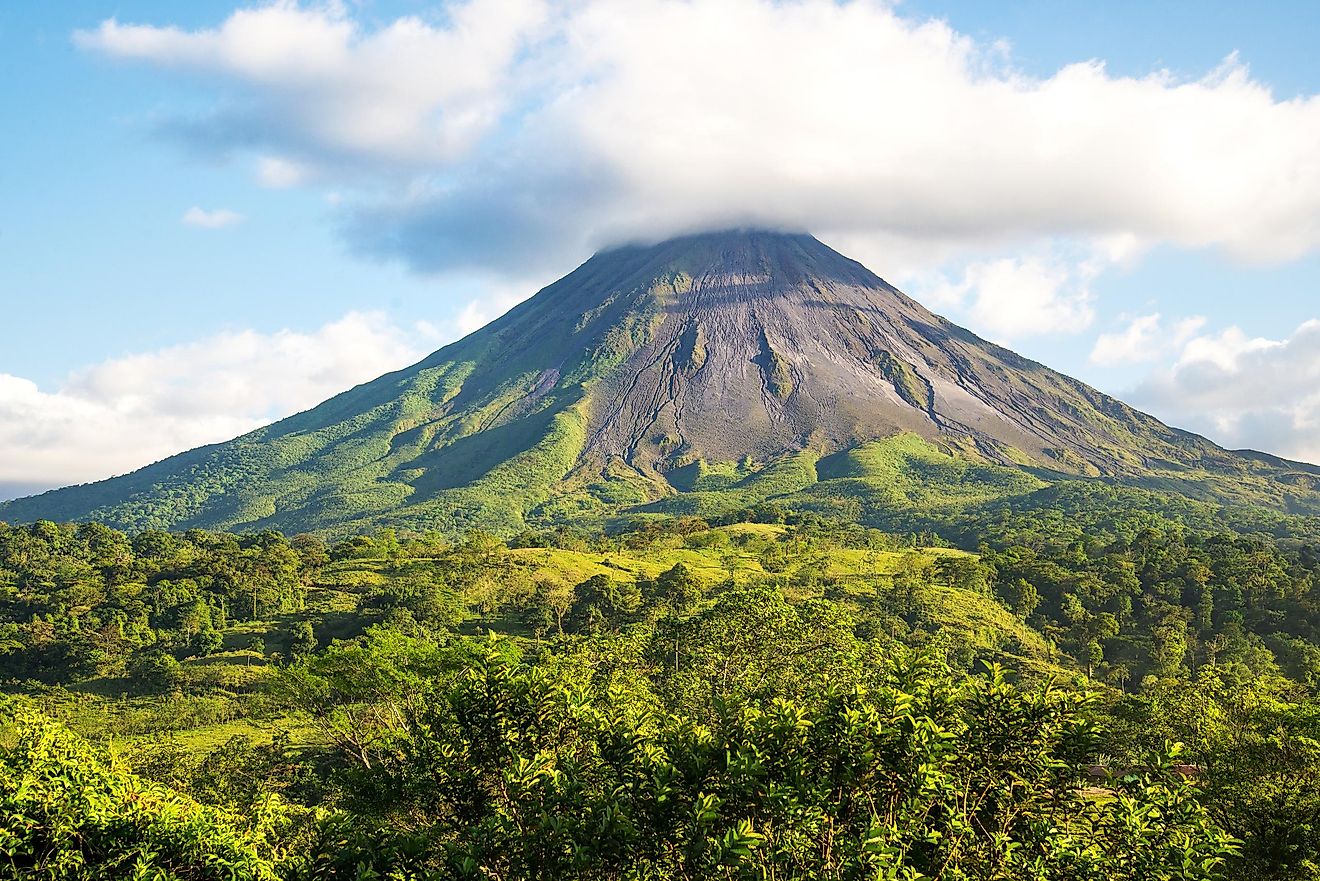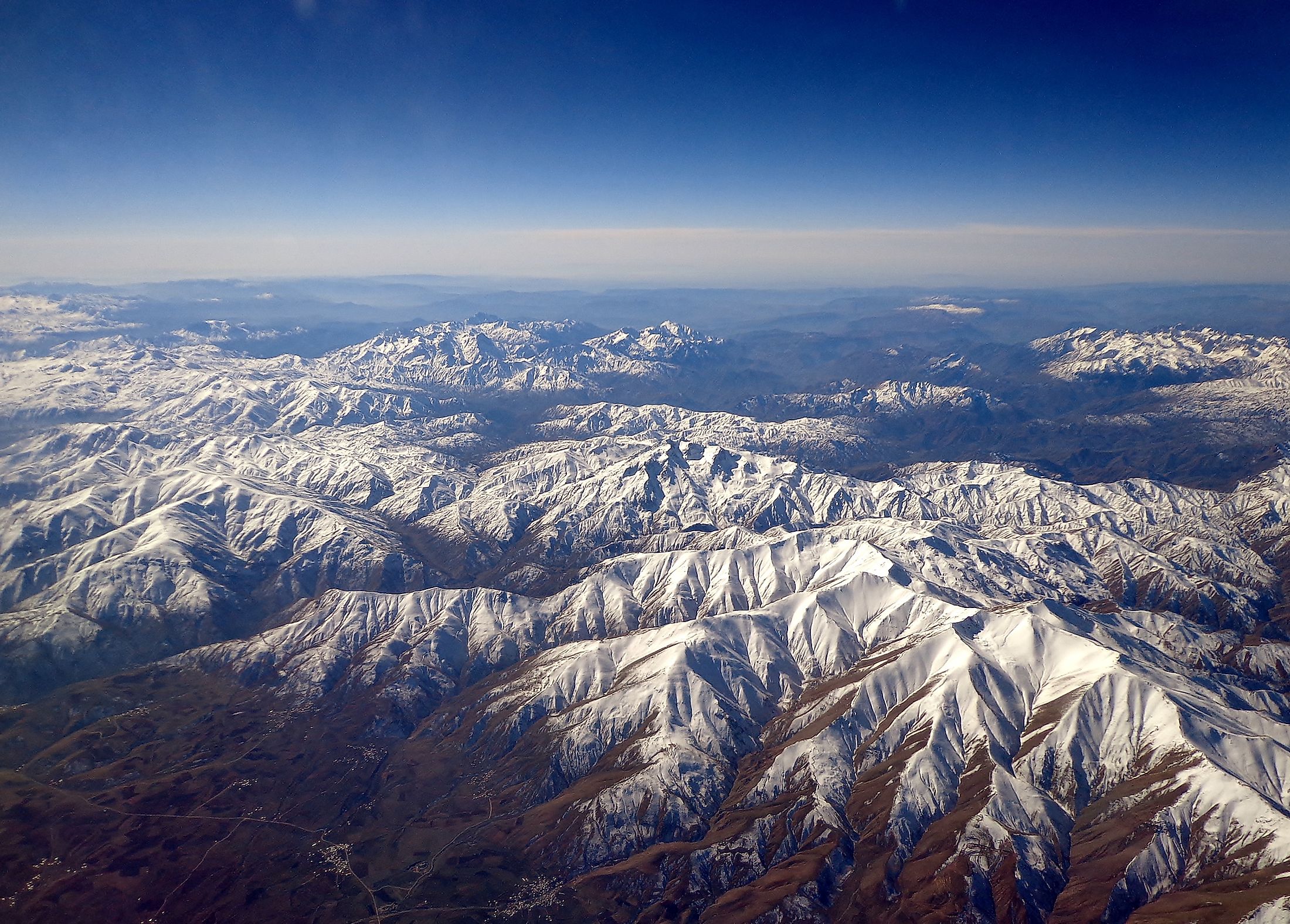
The World's Longest Mountain Ranges
On each of the seven continents, there are mountain ranges. These chains or ranges are where most mountains are found rather than singly. This can be attributed to how they formed: When tectonic plates collide or converge, the Earth's crust can be folded, bent, and altered in such a way that some portions rise steeply into the atmosphere. The outcome is a landform known as mountains, which has drawn significant interest since ancient times. The Rocky Mountains and the Andes, which extend from North America through South America, the Atlas Mountains in Africa, the Himalayas in Asia, and the Alps in Europe are some of the major mountain ranges. At the bottom of the ocean is the world's longest mountain range. Below are the world's longest mountain ranges on land.
1. Andes (~ 7,000 km)
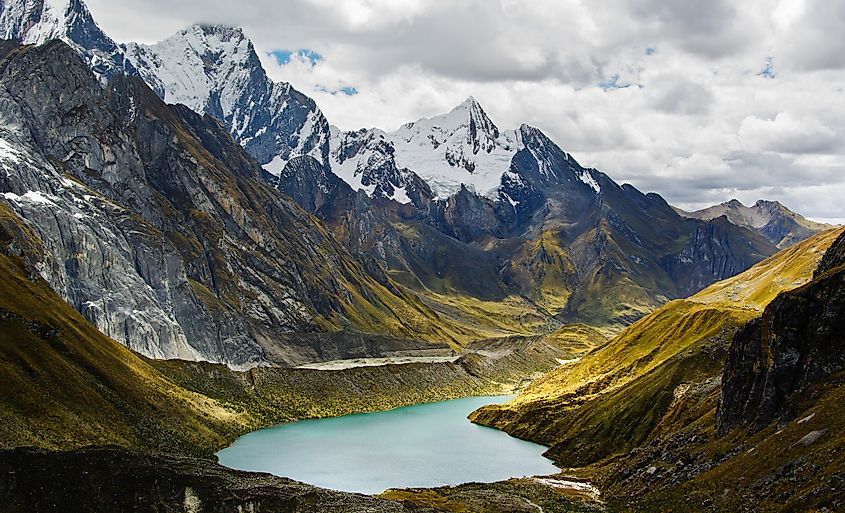
The Andes are a range of mountains that encircle seven nations: Argentina, Bolivia, Chile, Colombia, Ecuador, Peru, and Venezuela. The Andes stretch for around 4,300 miles along the west coast of South America. The range is also well-known for its volcanoes, ancient civilizations' ruins, and the location of a malaria remedy. The tectonic plates under the crust of the Earth came together to produce the Andes. The Andes Mountains are a long and narrow mountain range. The Andes are between 120 and 430 miles wide from east to west along their entire length. The Northern Andes, Central Andes, and Southern Andes are the three divisions of the Andes. The climate and habitats vary greatly throughout each region.
2. Southern Great Escarpment (~ 5,000 km)
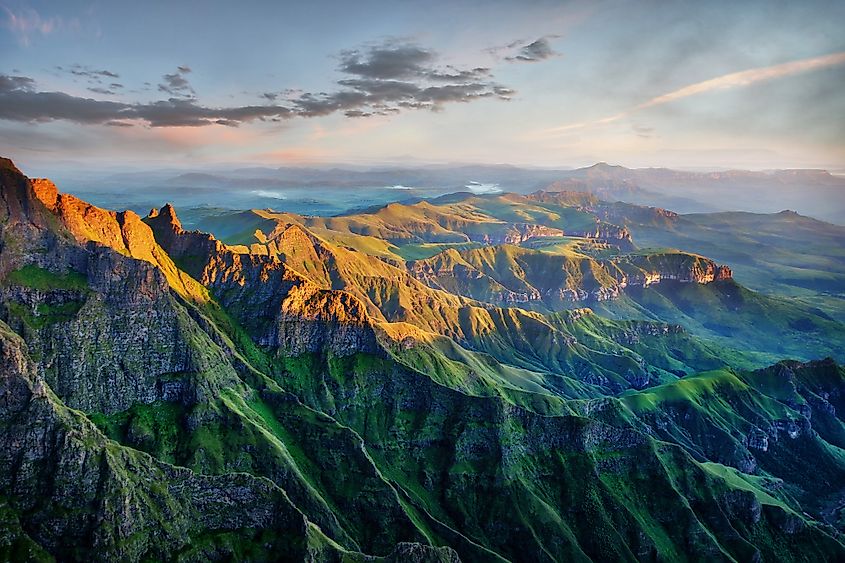
The Southern Great Escarpment, which ranks second on this list, is a mountain range in Africa that stretches approx. 3,100 miles through South Africa, Zimbabwe, Swaziland, Lesotho, Namibia, and Angola. The central highland plateau of the region is divided from the relatively limited coastal strip by the edge of southern Africa. It is a significant geographical feature of Africa that comprises steep slopes descending toward the oceans surrounding southern Africa on three sides from the high central Southern African plateau. Different names are applied to different stretches of the Great Escarpment, the most well-known section being the Drakensberg, which is the highest peak (11,424 feet above sea level) and is located in South Africa.
3. Rocky Mountains (~ 4,800 km)
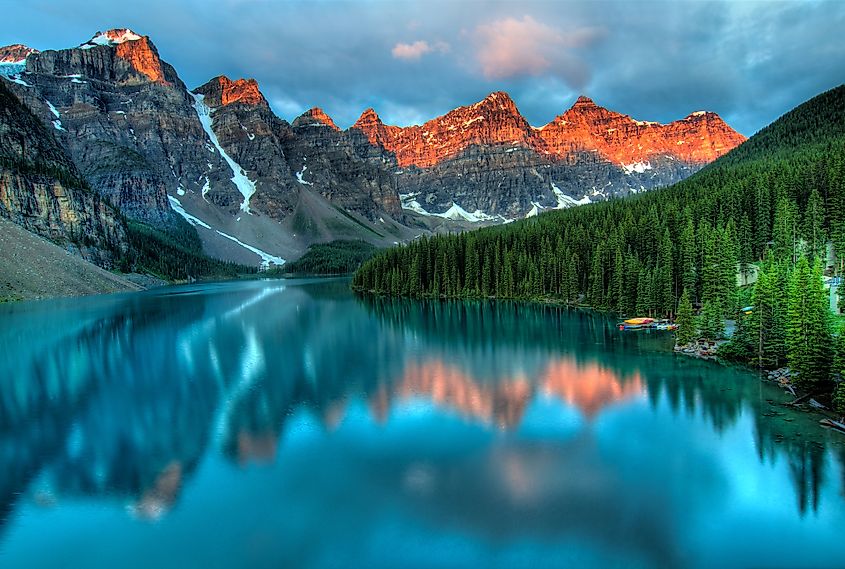
The Rocky Mountains run through North America's western portion, from Alaska to Mexico, and continue as the Andes Mountains in South America. They are the cordilleran backbone of the great upland system. In the central USA, the Rocky Mountains are about 5,000 km long and nearly 500 km wide. Numerous distinct ranges make up the mountains. With a height of 4,400 meters, Mount Elbert is the tallest peak. A collection of mountain ranges with unique geological histories form the Rocky Mountain Range. The Rocky Mountains in the United States were created by unique subduction. Because of the shallow angle at which the Farallon Plate subducted beneath the North American Plate, there was increased friction, which led to the accumulation of layers of crust on top of one another.
4. Transantarctic Mountains (~ 3,500 km)
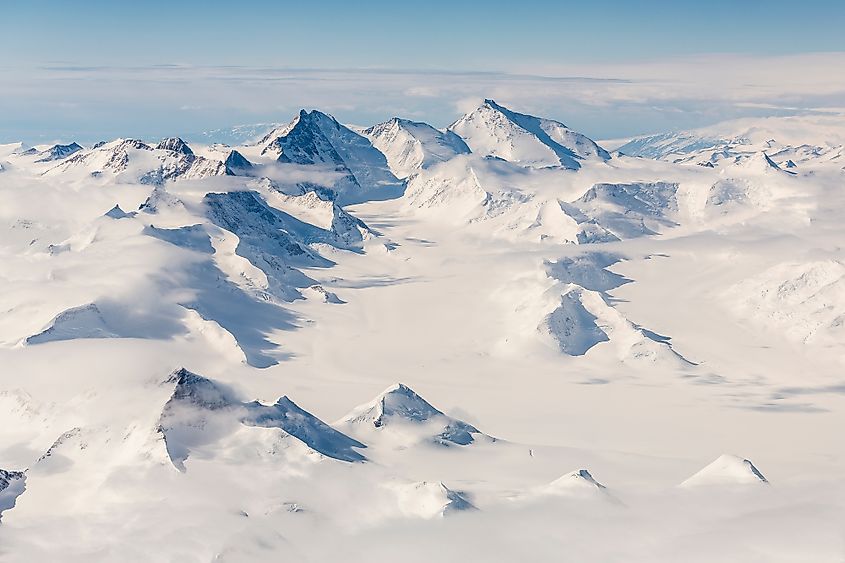
The fourth-longest mountain range spans the entirety of Antarctica, covering around 2,200 miles. The transantarctic Mountains are a huge mountain range in Antarctica that separates East Antarctica and West Antarctica from one another. They contain several groups of mountains with distinct names, several of which are further divided into smaller ranges. James Clark Ross made the first observation of the range in 1841 at the location that would subsequently bear his name, the Ross Ice Shelf. During the British National Antarctic Expedition of 1901–1904, it was first traversed. The range, which extends across the entire continent from Cape Adare to Coats Land, is made up of several sedimentary layers that are layered on top of a basement or core of granite and gneiss rocks.
4. Great Dividing Range (~ 3,500 km)
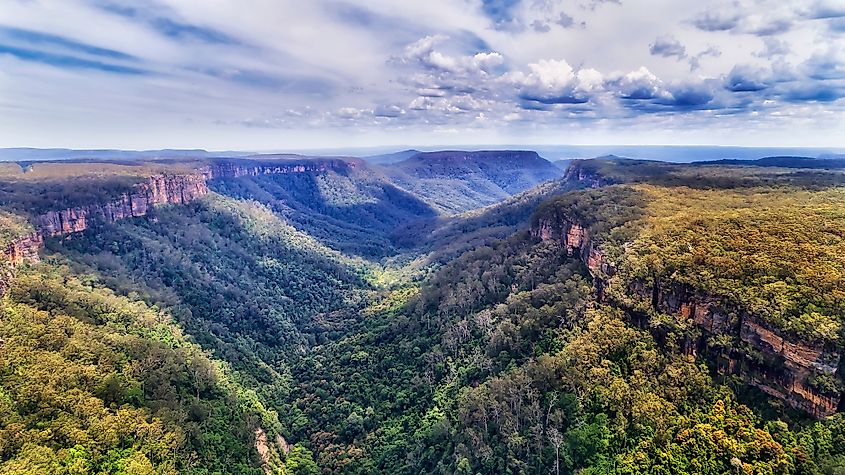
With a length of more than 2,200 miles, the Great Dividing Range, sometimes referred to as the Eastern Highlands, is Australia's longest mountain range. It runs nearly parallel to the east and southeast coasts of the country. There are several hills, mountains, and plateaus there. The New England Plateau, the Australian Alps, the Snowy Mountains, the Blue Mountains, and the Grampian Mountains are some of these mountain ranges. It supports a wide range of species of plants and animals that cannot be found anyplace else on earth. The highest mountains and longest rivers both originate there. Gregory Blaxland, W.C. Wentworth, and William Lawson traveled the range in 1813. Agriculture, lumbering, and mining are now significant industries in the area.
6. Himalayas (~ 2,600 km)
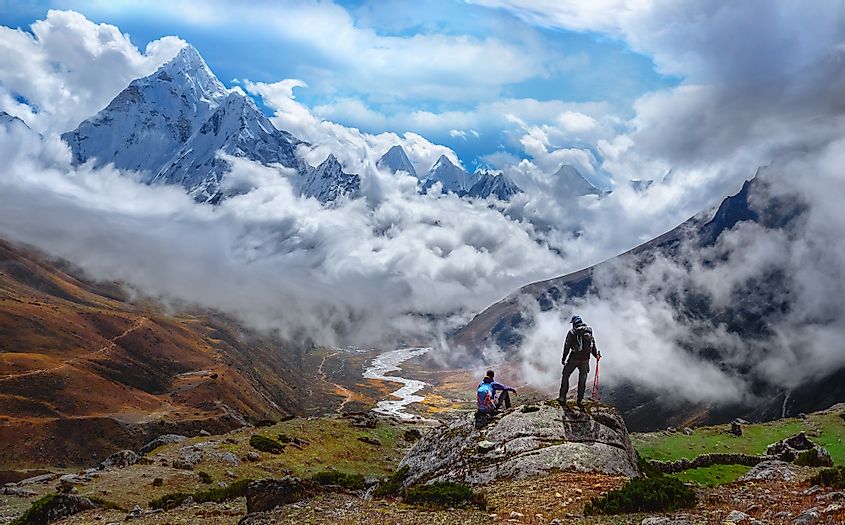
The Himalayan Mountains stretch over the northern edges of the Indian subcontinent for nearly 1,600 miles, forming a large continuous arc. The Himalayan Mountain range or the "Himalayas" or "the abode of Snow" in Sanskrit, is a group of mountains in Asia. Its length causes it to span a total of five nations. India, Pakistan, China, Bhutan, and Nepal. The Himalayan Mountains separate the Tibetan plateau's plains from the Indian subcontinents. In the southern and eastern regions of the Asian continent, more than 15,000 glaciers cover large areas of land and supply water to more than a billion people. Over 50 mountains higher than 7,200 meters are part of the Himalayan Mountain System, including the 8,848 m high Mount Everest, the world's tallest peak.
7. Ural Mountains (~ 2,500 km)
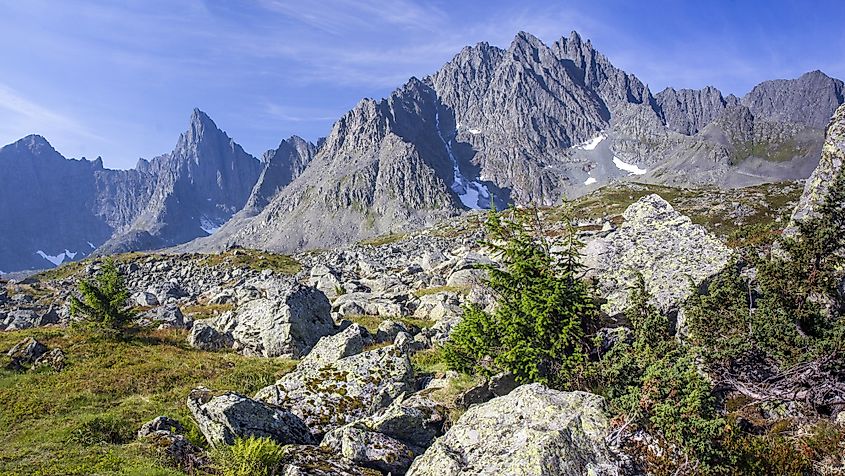
A natural border between Europe and Asia is created by the Urals, which rise like a long, narrow spine across western Russia. The range of mountains is 1,550 meters long. The Urals are among the oldest mountains on Earth, formed between 250 and 300 million years ago because of continental collisions. While basalts predominate on the eastern side, limestone, dolomite, and sandstone were left over from the region's former shallow waters on the western side. The Urals have been mined for hundreds of years and are among the world's wealthiest mineral regions.
For many, mountains can be a source of livelihood, food, and water as well as an ancient cultural and spiritual beacon, an adventurous travel destination, the location of a grueling personal challenge, or simply a stunning view from a balcony at a dream vacation spot. In addition to being essential habitats for biodiversity, mountain ranges and the lands around them serve as key venues for indigenous groups' spiritual and cultural practices and serve as their homes. Because of this, these places need to be handled carefully and with respect.
